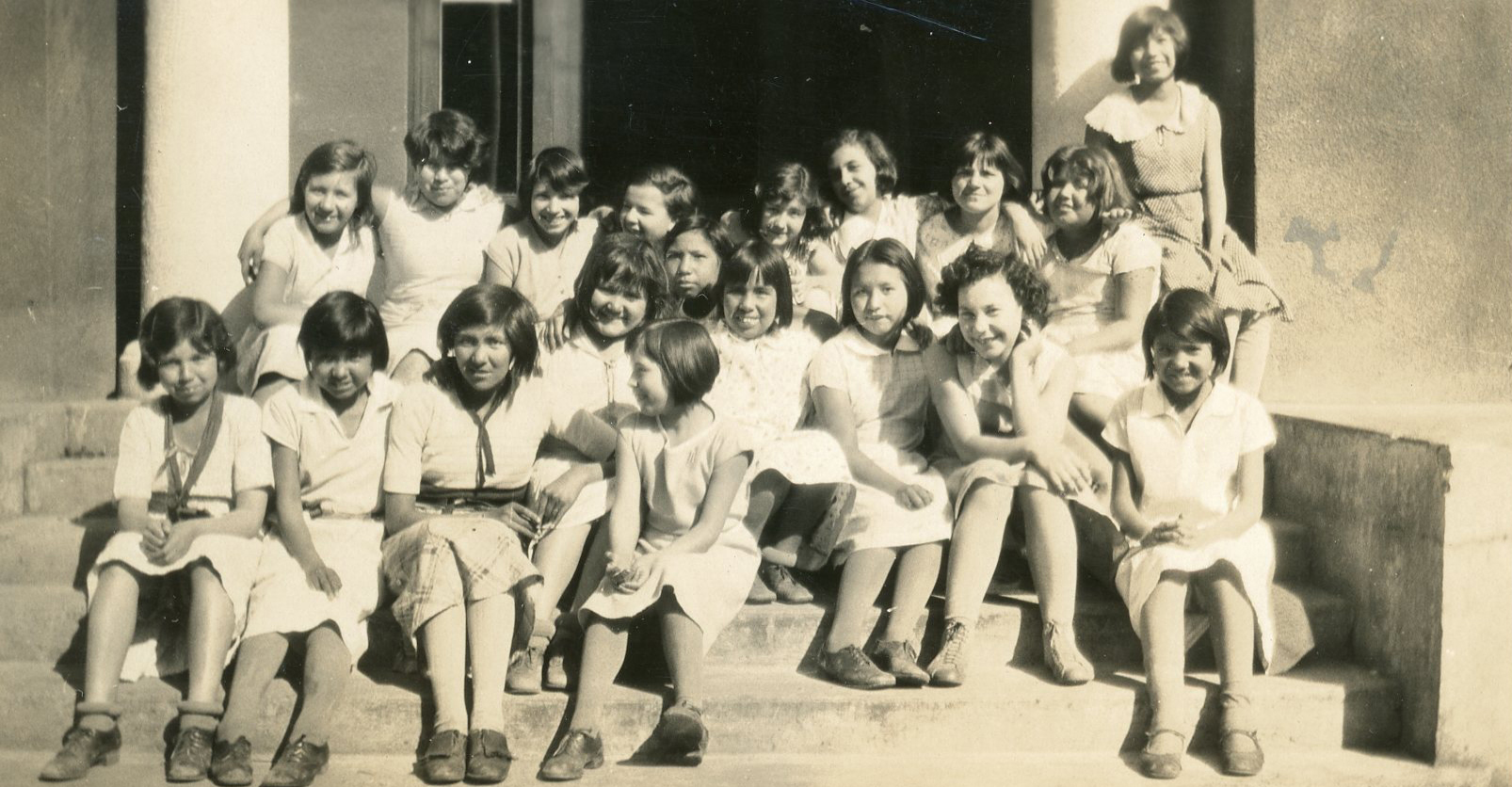Breaking Boundaries: Activism and Acculturation at Chemawa Indian School
Under contract with Oregon State University Press, projected publication 2026
This book focuses on female student experiences at Chemawa Indian School in Salem, Oregon, between 1900 and the 1930s. It examines the broader meaning and significance of the federally-funded boarding school education provided to Indigenous female students at Chemawa during this period of educational reform, in which the long-time emphasis on gendered vocational education for Indigenous youth, reinforced by the settler colonial paradigm of a strict sexual division of labor, became part of a broader movement in public education nationally. This movement strongly reinforced restrictive gender roles and was philosophically justified by its proponents based on influential theories of social efficiency and social evolution of the period. By demanding forms of education that fit their needs and desires and actively seeking these forms of education, some female Indigenous students carved out spaces of maneuverability and access within and beyond the Chemawa campus. Female students helped negotiate the malleability of this space and used it as a launch pad for greater opportunity. Chemawa female students’ resistance took two distinct forms: advocacy for choice and self-definition. Many existing stories of Indigenous youth resistance in education—including those told by David Wallace Adams, K. Tsianina Lomawaima, and Theresa McCarty—are stories of students turning away from schools. By contrast, the stories of female student advocacy at Chemawa told here are examples of Indigenous youth turning toward education and actively negotiating different options. They were resisting a restrictive vocational curriculum, not education itself.
